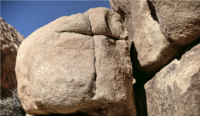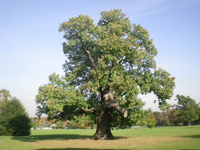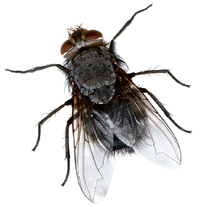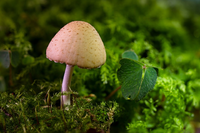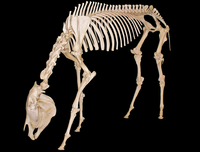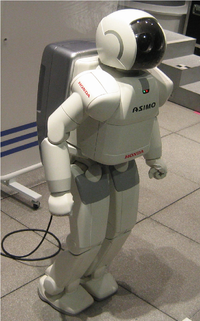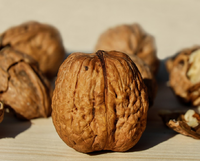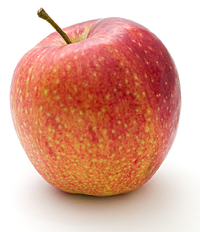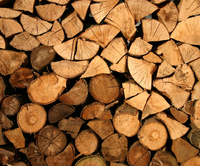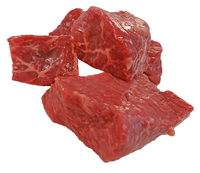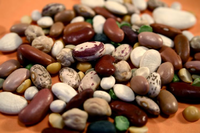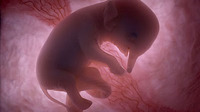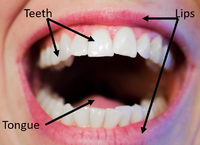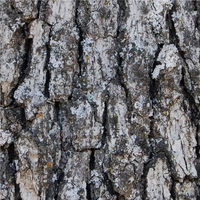Difference between revisions of "Alive, Dead or Never Alive"
| Line 52: | Line 52: | ||
{| class="wikitable" | {| class="wikitable" | ||
|- | |- | ||
| − | |[[File: | + | |[[File:Microbe.png|center|200px]] |
|[[File:Beans.png|center|200px]] | |[[File:Beans.png|center|200px]] | ||
|[[File:ElephantFoetus.png|center|200px]] | |[[File:ElephantFoetus.png|center|200px]] | ||
Revision as of 08:10, 2 September 2018
Key Stage 1
It is important to understand whether something is alive, dead or was never alive.
Examples
| A dog is alive. | A rock was never alive | A tree might not seem to move, but it can and is alive. |
| A fly is alive. | Even though a mushroom doesn't appear to move it is still alive. | A skeleton is part of a dead animal. It is not alive anymore. |
Key Stage 2
It is important to understand whether something is alive, dead or was never alive.
| A robot may seem lifelike but it was never alive. | A nut is the seed of a tree and can grow into a new tree. Even though it is dormant it is still alive. | An apple has been picked from a tree, but it is still alive until you cook it or eat it. You can tell a dead apple because it has rotted. |
| Fire was never alive. It cannot sense its surroundings or move, it can only spread or go out. | The wood inside a tree is dead. Only the bark is alive and once you cut a tree down the bark dies too. | Even before cooking the meat from an animal has been dead since the animal was killed. |
Key Stage 3
It is important to understand whether something is alive, dead or was never alive.
| A cell is the basic unit of all living things. A cell is the smallest living part of an organism. | Beans are the seeds of a legume and alive because when they are planted they will grow into a new plant. | Before it is born a foetus is alive in the womb. |
| The Earth is not alive but all known living things live on the Earth. | The teeth in the mouth are alive. If a tooth dies, it turns black. | The bark of a tree is alive but the wood inside is dead. |

